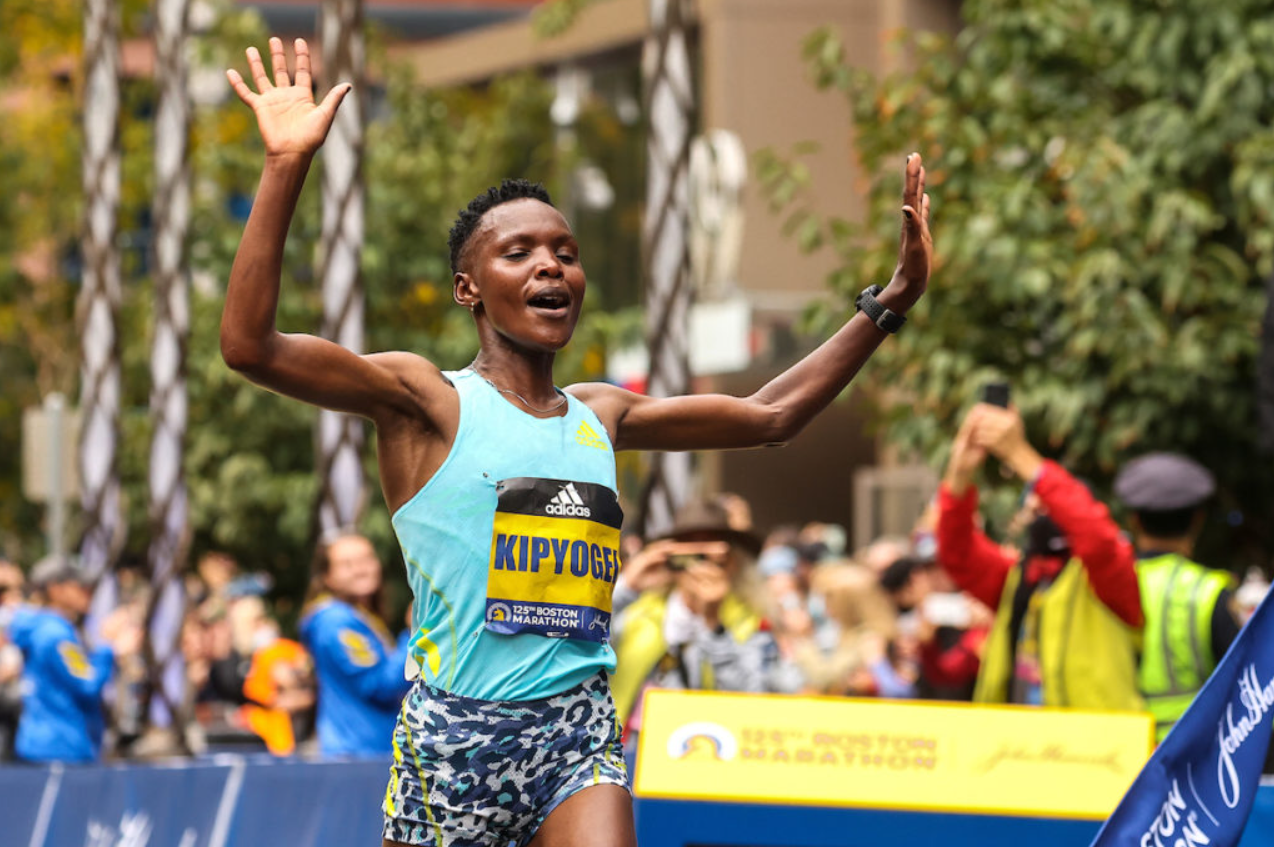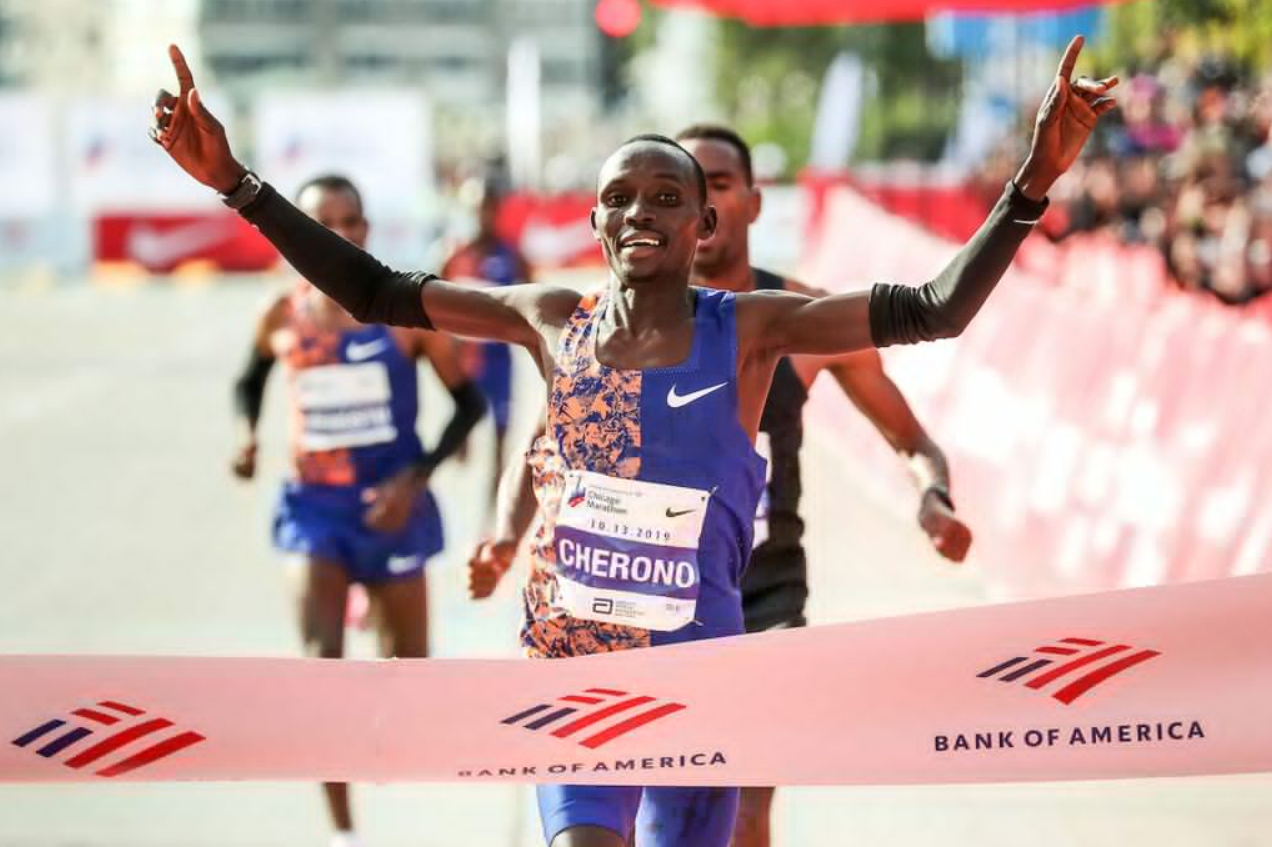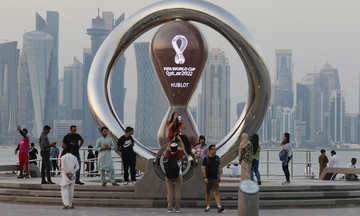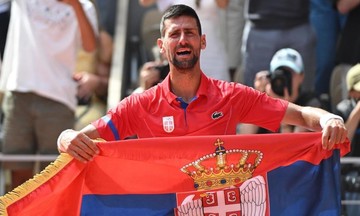Kenyan athletes have dominated marathon running, securing over 100 World Marathon Majors titles since 2000. Performances by Eliud Kipchoge, men's world record holder Kelvin Kiptum, and recently suspended women's world record holder Ruth Chepngetich, have solidified Kenya's position at the top of the 42.195km distance.
However, hundreds of ambitious and talented long-distance runners are vying for success beneath these elite athletes, willing to do whatever it takes to reach the top.
 |
Ruth Chepngetich set the women's marathon world record of 2:09:57 at the 2024 Chicago Marathon. Photo: Guardian |
Ruth Chepngetich set the women's marathon world record of 2:09:57 at the 2024 Chicago Marathon. Photo: Guardian
In an interview with the BBC, Brett Clothier, head of the Athletics Integrity Unit (AIU), discussed Kenya's unique challenge: a surplus of talent below the elite level, a problem most other countries don't face.
"The issue is there’s a huge pyramid of top-level athletes," Clothier explained. "The difference in ability, within that pyramid, between those at the very top and those just below is not much, because of the density of talent."
Clothier explained that the AIU previously focused testing on those at the peak of the pyramid – winners of major marathons, national and world championships – while those at the lower levels were not subject to out-of-competition testing.
"That pyramid is hundreds, if not thousands of athletes," Clothier said. "So, while we’re doing a pretty good job of controlling those at the very top, because of the pressure from the athletes underneath, who aren’t subject to out-of-competition testing, the athletes at the top are taking risks and are under pressure to stay ahead."
 |
2021 Boston Marathon champion Diana Kipyogei was banned for six years and stripped of her title after testing positive for doping. Photo: Kevin Morris |
2021 Boston Marathon champion Diana Kipyogei was banned for six years and stripped of her title after testing positive for doping. Photo: Kevin Morris
Beyond competitive pressure, the desire for a better life and the lure of financial gain are key drivers behind doping in Kenya. Road races offer substantial prize money and appearance fees, attracting many professional runners who may view doping as a means to secure a better future.
Most Kenyan distance runners come from impoverished backgrounds, and running is their ticket out of poverty. According to a 2020 World Bank report, roughly 91% of Kenya's population, nearly 53 million people, lives below the global poverty line.
In a 2024 podcast interview, World Athletics president Sebastian Coe acknowledged the difficulty of creating a doping-free environment due to the inherent risks and rewards.
"If you are a street kid, in some countries, the risk versus reward is quite stark, and if you get caught and you are sent back to the streets, it is no risk, no gain. So that’s a challenge," Coe stated.
Moreover, obtaining and using performance-enhancing drugs in Kenya is not difficult. "With this illicit market, a lot of people can benefit financially from doping and people who have financial opportunities to sell performance-enhancing drugs," Clothier said. "What we are seeing is a market driven by money and demand."
 |
2019 Chicago Marathon champion Lawrence Cherono tested positive for trimetazidine and was suspended one day before running the marathon at the 2022 World Athletics Championships in Eugene, Oregon. Photo: Kevin Morris |
2019 Chicago Marathon champion Lawrence Cherono tested positive for trimetazidine and was suspended one day before running the marathon at the 2022 World Athletics Championships in Eugene, Oregon. Photo: Kevin Morris
196 Kenyan men have run a marathon under 2 hours and 7 minutes, compared to only 5 American men in history. The United States Anti-Doping Agency (USADA) receives annual support from major stakeholders, including the U.S. government and the U.S. Olympic and Paralympic Committee (USOPC), to create a safe sporting environment and conduct regular athlete testing.
Kenya's challenge lies in the limited funding and resources available to its anti-doping agency to test a broader pool of athletes beyond the elite. However, in 2023, the AIU and the Kenyan government increased funding for the Anti-Doping Agency of Kenya (ADAK) by $5 million annually until 2028.
"That amount of money is a game-changer," Clothier stated. "No other national anti-doping agency is at that level of testing in our sport." Testing at the Kenyan National Championships has increased nearly 400% compared to previous years, a significant improvement according to Clothier.
While running fans may be disheartened by elite athletes being banned for doping – most recently Ruth Chepngetich – Clothier maintains that each case represents progress towards a cleaner sport. As Kenya continues its fight against doping, increased testing, bans, and a commitment to addressing the issue offer the only hope for real change.
Hong Duy (via Canadian Running Magazine)












